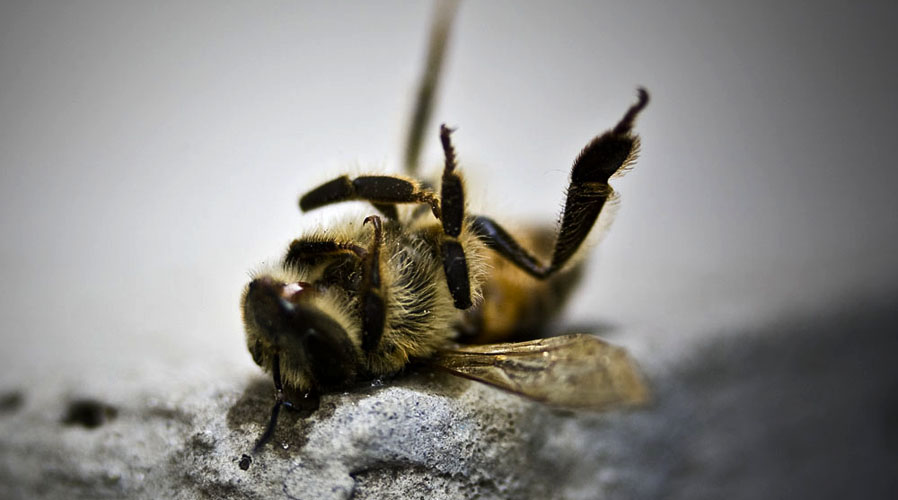4-The Economics Behind the Issue

Suicide by Pesticide - The Economics Behind the Issue There are three possible solutions to help reduce pesticide usage: indirect taxes set by the government, negative advertising to sway public opinion, and government regulations including permits and bans. To analyze the theoretical validity of each solution, we can use the economics concept of market failure. The identity of cost and benefit is important in economics. Marginal cost and marginal benefit is the incremental changes in cost and benefit of producing and consuming one more unit of good (pesticide). The marginal private benefit and cost reflects the benefit and cost of the stakeholders (consumers and producers) while the marginal social benefit and cost involves society as a whole. On a graph, the marginal benefit is synonymous with demand of the product and is represented by a downward sloping line, while the marginal cost is the supply of the product represented by a upward sloping line. Sometimes, the

